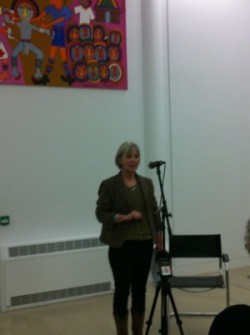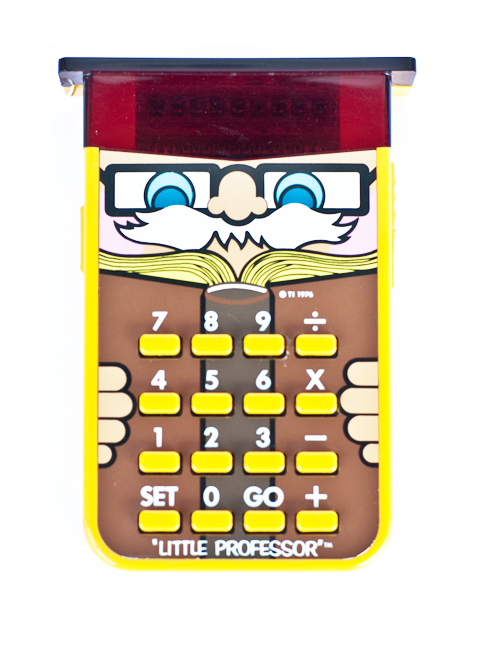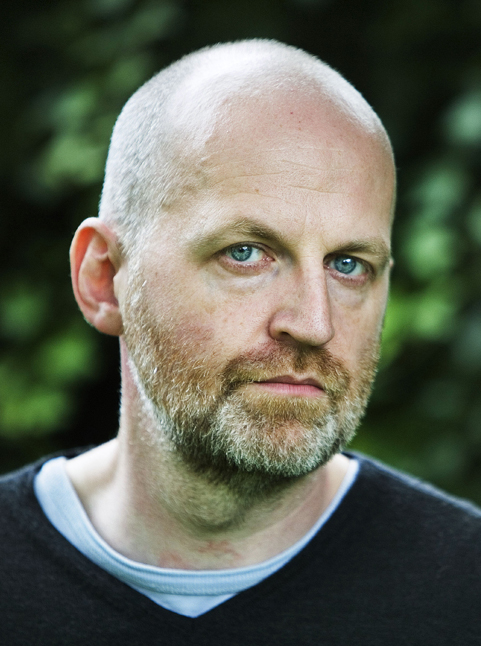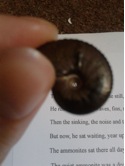
How Are We Beguiled
09th March 2013 | one Comment(s) | Museum of Archaeology and AnthropologyWhipple Museum of the History of Science
In the world of Persian Astrolabes
the points of the curved spikes
mark the exact positions of the brightest stars
with their names labeled at the base of each spike:
Sirius, Canopus, Arcturus, Capella
Horary Quadrants – the pocket size 17thc. ivory altitude dials
tell the time from the height of the sun to the earth
or the hour of the night from the stars
and thereby the length of the day and the night
in the Ancient Chinese tradition of honoring history over observation
they gave the titles ‘imperial concubine’ and ‘celestial emperor’
to the constellations on their sky globes.
Today murky uncertainties linger between science and desire
and still mankind embroiders the tree of life with theories
while toying with pleasures that both mock and fulfill.
Is the Grand Orrery a mere fanciful heavenly charm
for it is unknown to female nightingales
who migrate in darkness
waiting for the males to sing
and call them down out of the sky.
Daphne Astor

















